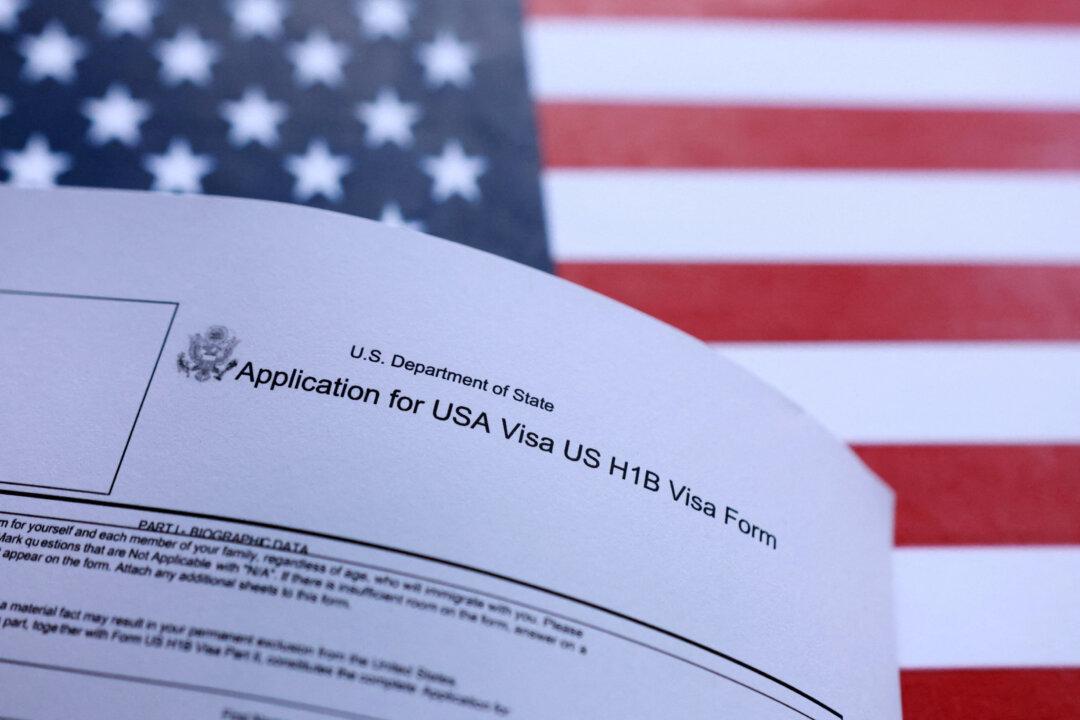The Chinese Ministry of Health announced an emergency response plan to curb outbreaks of influenza, a move that reveals the government’s anxiety over the effects an epidemic could have on the regime.
The Chinese government’s official mouthpiece, Xinhua News, said that if the country is caught unprepared, a flu outbreak would surely cause panic, heavily impacting the economy. It could even cause social unrest.
The emergency response plan announced on September 28 outlined detailed plans for organization, preparation, delegation of responsibilities, emergency responses, and monitoring the government’s effort to curb the spread of the disease.
According to the BBC, China has a history of influenza and was the source of two worldwide flu pandemics. Currently, China’s health care and public sanitation systems are inadequate to handle a pandemic, and there is no effective system to monitor the spread of communicable diseases. The research and development of vaccines is slow. However, the flu can spread rapidly and the virus can develop many mutations. This explains why new vaccines and rates of infections change each year.
The BBC also reported that every year, an estimated ten million people are infected with the flu in China. In 1957, 1968 and 1977, three years when the flu was especially pervasive, the viruses started in Mainland China. In 1997, bird flu H5N1 was first found in Hong Kong. Since 1988, approximately half of the flu viruses monitored by the World Health Organization have originated in China.
In the twentieth century, four flu epidemics swept the world, including the “Spanish flu” from 1918 to1919, the “Asian flu” from 1957 to 1958, the “Hong Kong flu” from 1968 to 1969, and the “Russian flu” in 1977. All of them caused disastrous results for human lives and the economies of many nations.





